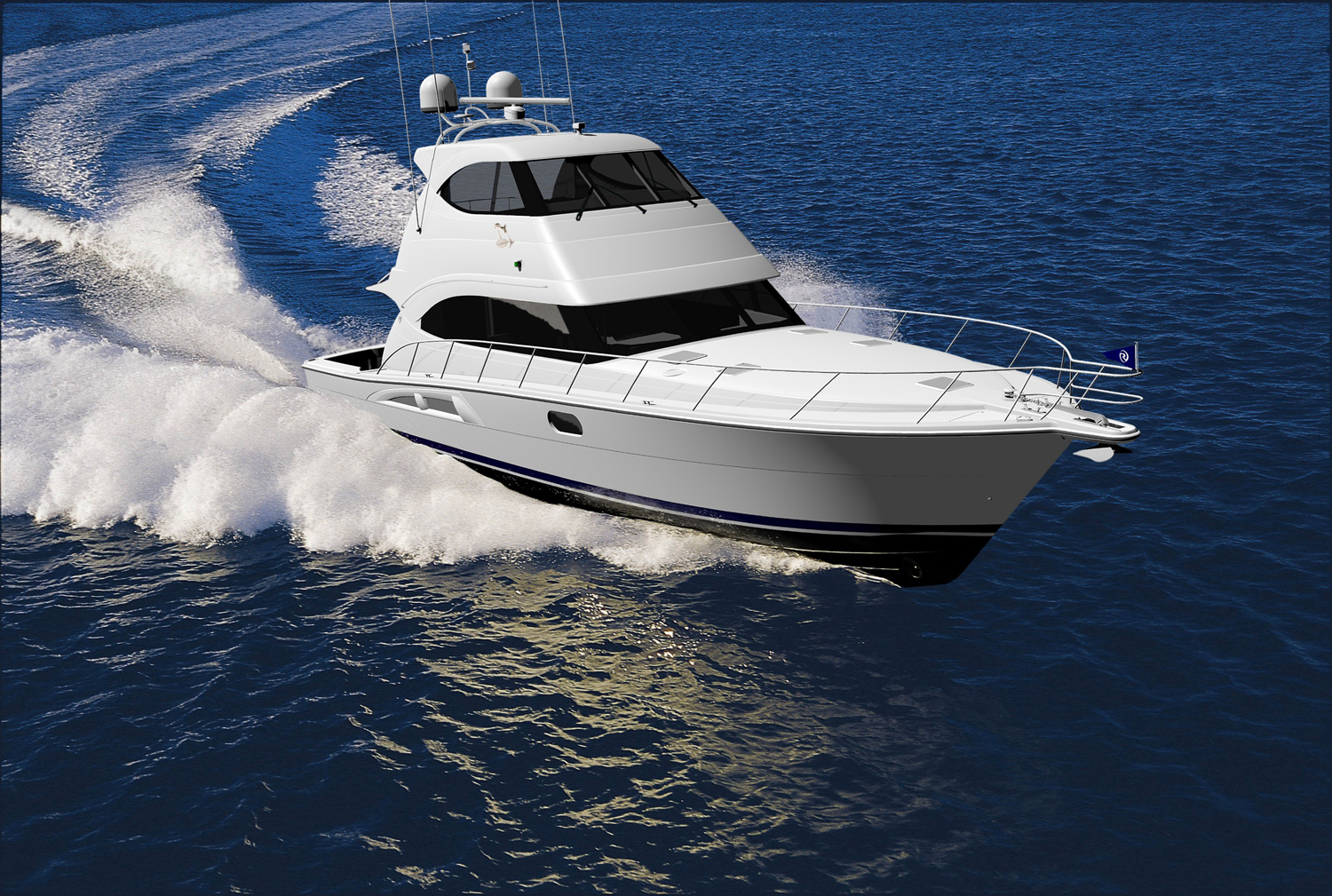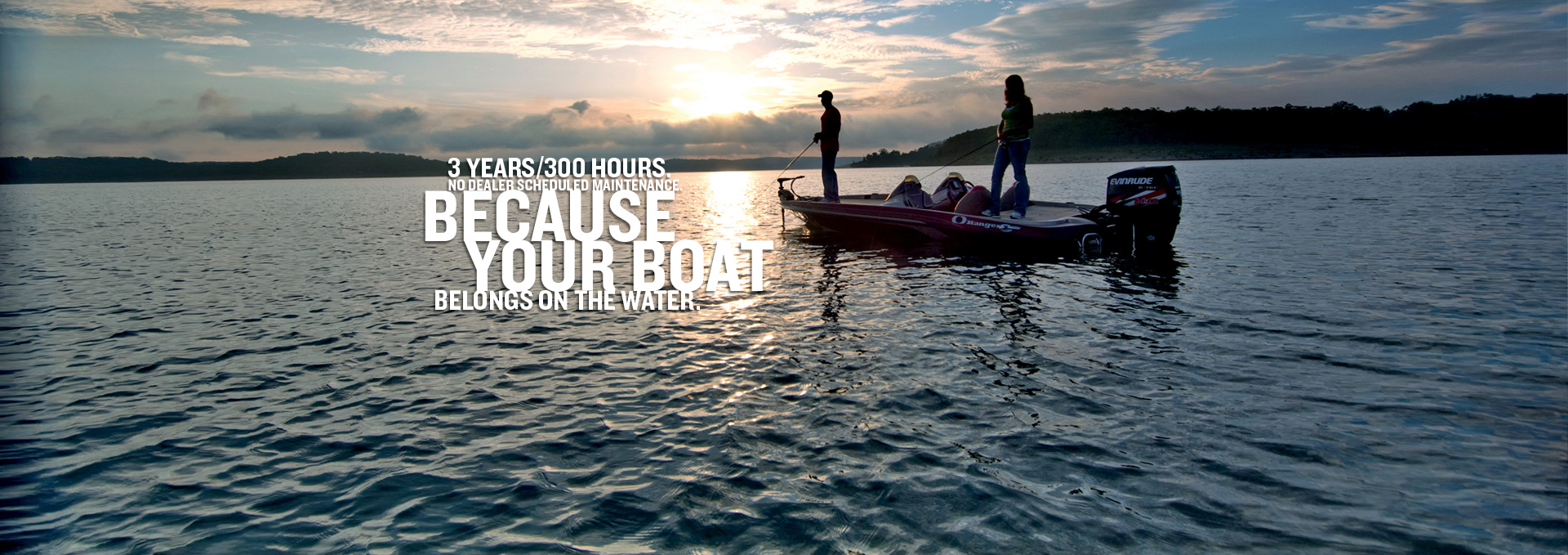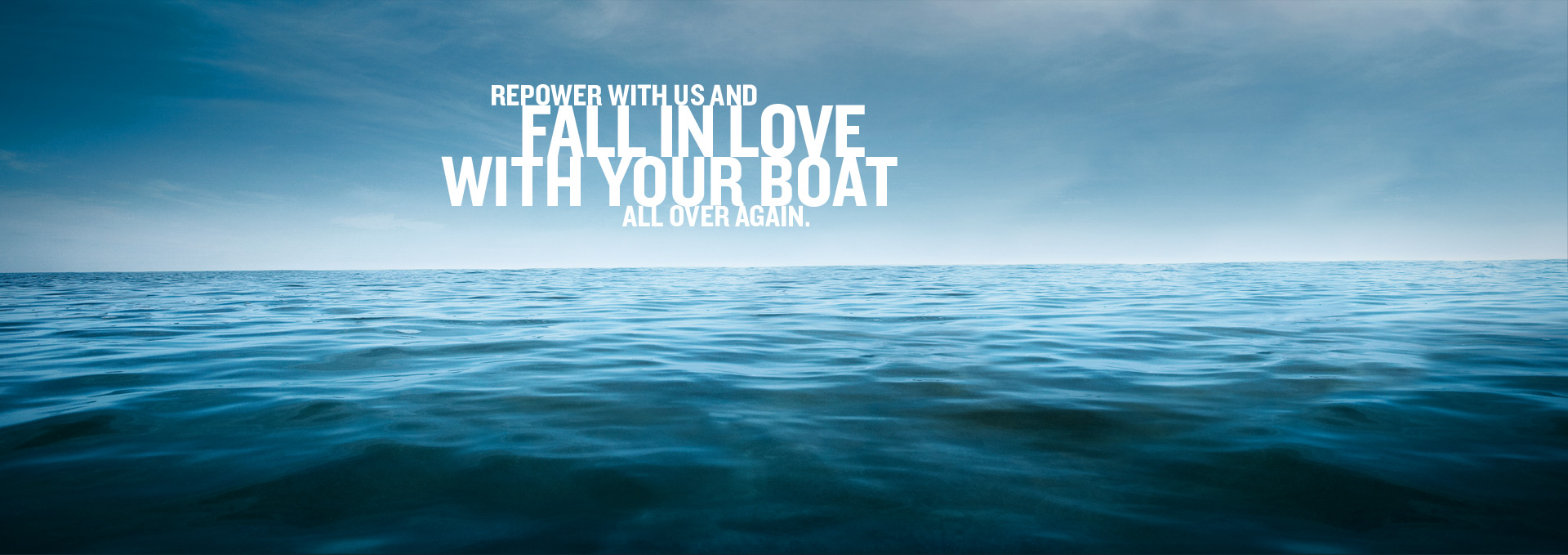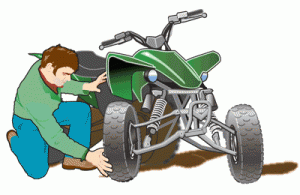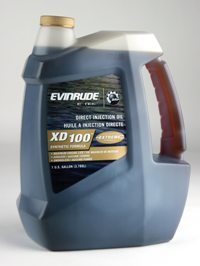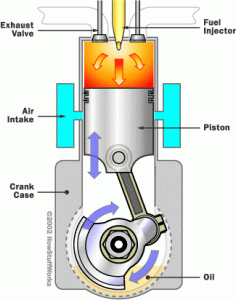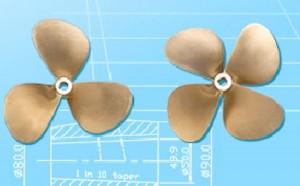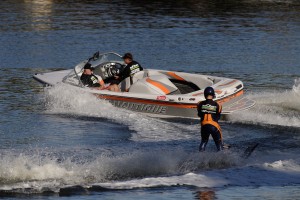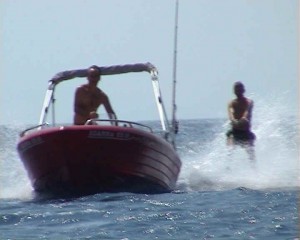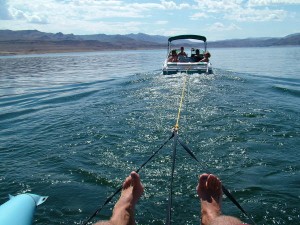Fate Favors the Prepared Boater
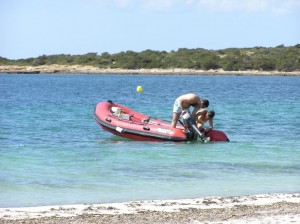 As you can probably imagine, I’m always a little over prepared whenever I take my boat out. And the ironic thing is that the ones who are prepared usually aren’t the ones who need the extra supplies out at sea. In fact, I’ve definitely stopped and assisted boaters more times than I’ve had trouble on the water myself. Just last weekend my son and I had to take a quick break from our bass fishing in order to give a family some assistance.
As you can probably imagine, I’m always a little over prepared whenever I take my boat out. And the ironic thing is that the ones who are prepared usually aren’t the ones who need the extra supplies out at sea. In fact, I’ve definitely stopped and assisted boaters more times than I’ve had trouble on the water myself. Just last weekend my son and I had to take a quick break from our bass fishing in order to give a family some assistance.
You could tell the guy hadn’t owned a boat long, as the license stickers still had their showroom sheen. It was evident that his wife was more than a little peeved. The boat was just bobbing along and the engine was sputtering, so my son and I coasted over, and I told him to cut the engine. After asking him a few questions I was quickly able to diagnose the problem; he hadn’t mixed any outboard motor oil with the fuel and the unit for overheating. Since I always have extra two-cycle oil on board, I gave him some and showed him how to mix it safely.


